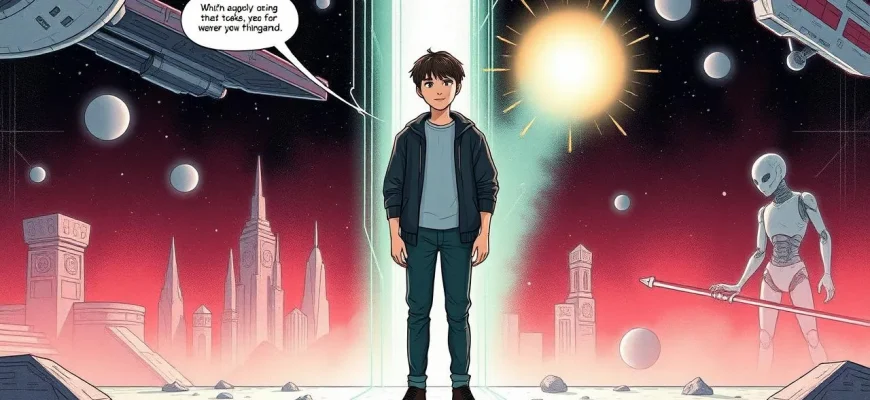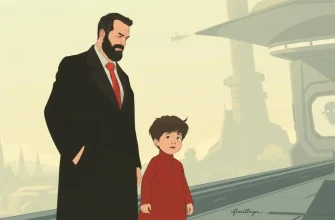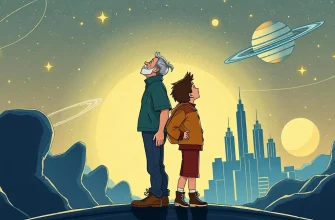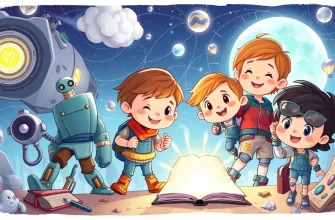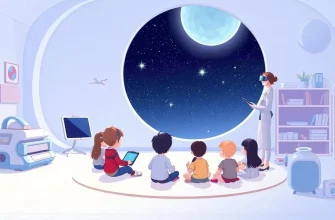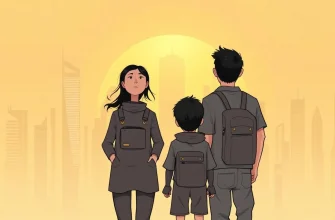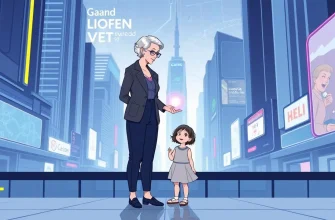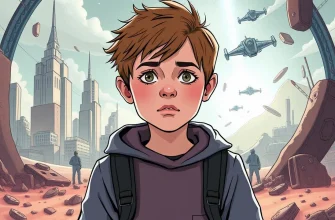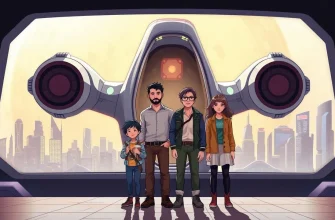Science fiction has always been a genre that explores not just the future or the unknown, but also the very human experience of growing up. These films blend the fantastical with the deeply personal, offering viewers a unique perspective on the trials, tribulations, and triumphs of adolescence. From navigating alien worlds to discovering one's identity, these movies provide a rich tapestry of stories that resonate with anyone who has ever felt out of place or on the cusp of something new. Here are ten films that capture the essence of coming of age through the lens of science fiction.
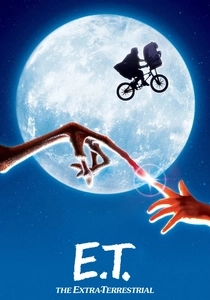
E.T. the Extra-Terrestrial (1982)
Description: This timeless classic tells the story of Elliott, a young boy who befriends an alien stranded on Earth. Through their bond, Elliott learns about friendship, responsibility, and the bittersweet nature of growing up.
Fact: The film was shot in chronological order to capture the genuine emotional growth of the child actors. Also, the iconic bike scene was inspired by a real-life incident where Steven Spielberg's bike got stuck in a tree.
 Watch Now
Watch Now 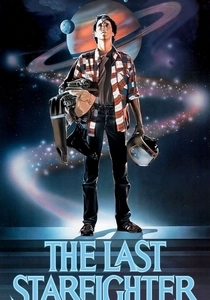
The Last Starfighter (1984)
Description: Alex, a teenage arcade player, is recruited by aliens to fight in an interstellar war. His journey from small-town boy to space hero is a quintessential coming-of-age tale.
Fact: The film was one of the first to use CGI extensively for its space scenes. Also, the arcade game in the movie was real and could be played.
 Watch Now
Watch Now 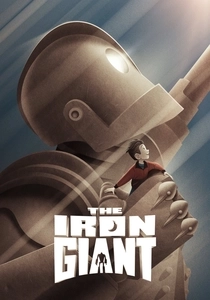
The Iron Giant (1999)
Description: Set in the 1950s, this animated film follows a young boy named Hogarth who discovers a giant robot with a heart. It's a story about identity, friendship, and the choice between violence and compassion.
Fact: The film was initially a box office disappointment but has since gained a cult following. Brad Bird, the director, fought to keep the film's darker themes intact, believing they were crucial to its message.
 Watch Now
Watch Now 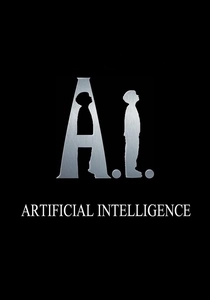
A.I. Artificial Intelligence (2001)
Description: David, a childlike android, embarks on a journey to become "real" to win back the love of his human mother. This film delves into themes of love, humanity, and the quest for belonging.
Fact: The project was originally conceived by Stanley Kubrick, but after his death, Steven Spielberg took over and completed the film, blending Kubrick's vision with his own.
 Watch Now
Watch Now 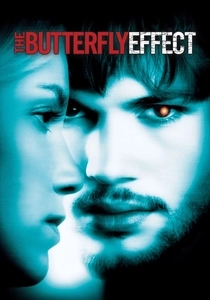
The Butterfly Effect (2004)
Description: Evan Treborn can travel back in time to his traumatic childhood moments, attempting to alter his past to improve his future, but each change has unforeseen consequences.
Fact: The film's title refers to the chaos theory concept where small changes can lead to significant outcomes. There are multiple endings to the film, reflecting the theme of choice and consequence.
 Watch Now
Watch Now 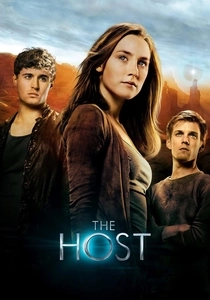
The Host (2013)
Description: In a world where Earth has been invaded by an alien species, Melanie Stryder fights to keep her identity while sharing her body with an alien soul, exploring themes of identity and love.
Fact: The film is based on a novel by Stephenie Meyer, known for the Twilight series. It explores the concept of body-sharing, a unique take on the coming-of-age narrative.
 Watch Now
Watch Now 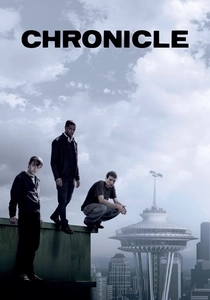
Chronicle (2012)
Description: Three high school friends gain telekinetic powers, but as their abilities grow, so do their personal struggles, leading to a dramatic exploration of power, friendship, and the consequences of choices.
Fact: The film was shot in a found footage style, adding a layer of realism to the fantastical elements. It was also one of the first superhero films to explore the darker side of gaining superpowers.
 Watch Now
Watch Now 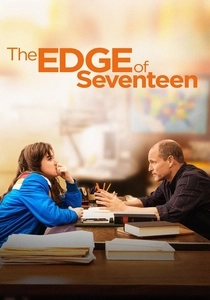
The Edge of Seventeen (2016)
Description: While not strictly sci-fi, this film captures the essence of teenage angst and growth, with a subplot involving a futuristic app that adds a unique twist to the narrative.
Fact: The film's script was on the Black List, a list of the best unproduced screenplays, before it was made into a movie. It also features a scene where the protagonist uses a futuristic app to vent her frustrations.
 Watch Now
Watch Now 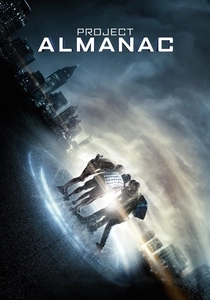
Project Almanac (2015)
Description: A group of high school friends discover time travel and use it to alter their past, leading to unexpected and often humorous consequences, highlighting the complexities of growing up.
Fact: The film uses a found footage style to give a realistic feel to the time-travel adventures. It also features a cameo by Gary Busey, who plays himself in a time-travel related scene.
 Watch Now
Watch Now 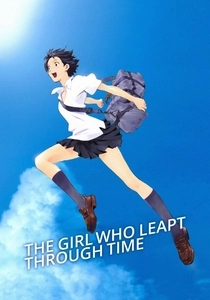
The Girl Who Leapt Through Time (2006)
Description: Makoto, a high school girl, discovers she can leap through time, leading her to explore the consequences of changing the past and the importance of living in the present.
Fact: The film was adapted from a novel by Yasutaka Tsutsui, and its time-travel mechanics are both scientifically intriguing and emotionally resonant.
 30 Days Free
30 Days Free 
